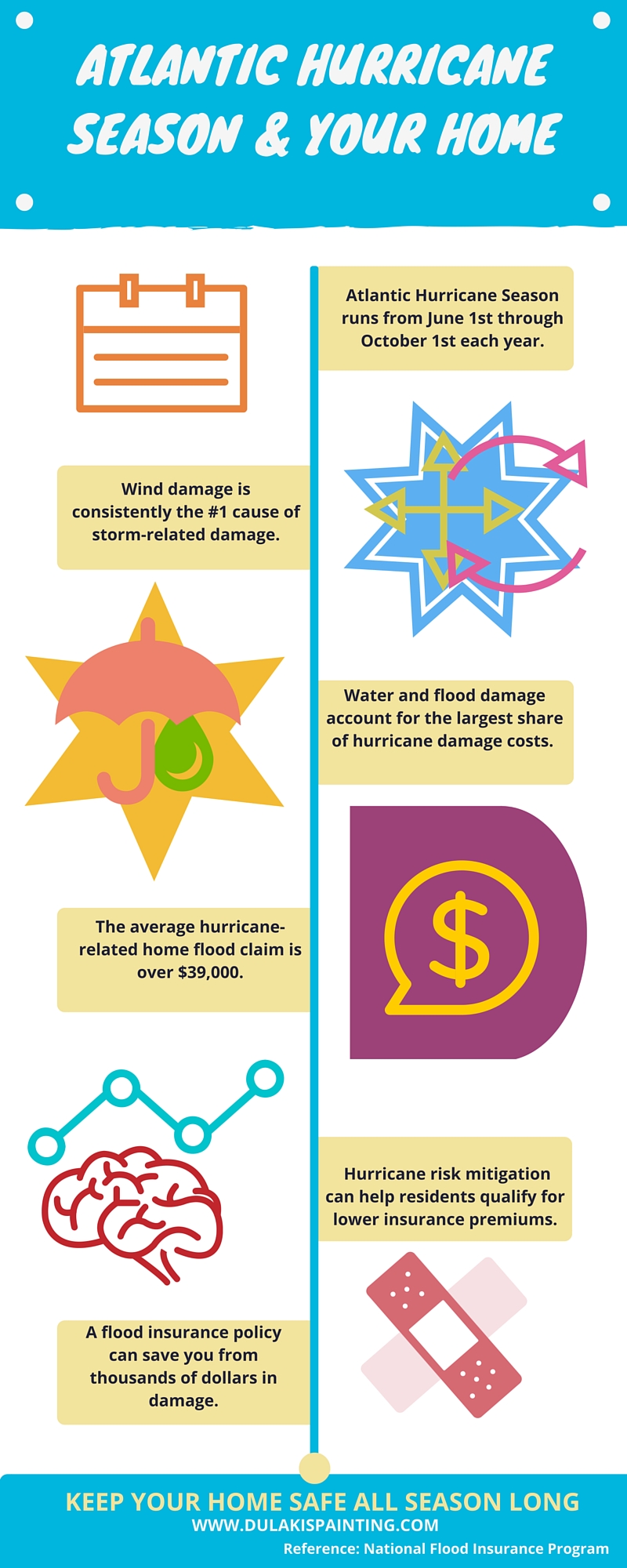Explore The Influence Of Seasonal Aspects On The Efficiency Of Commercial Outside Paint And Identify The Ideal Times To Accomplish Long-Lasting Results For Your Project
Explore The Influence Of Seasonal Aspects On The Efficiency Of Commercial Outside Paint And Identify The Ideal Times To Accomplish Long-Lasting Results For Your Project
Blog Article
Click To See More -Fox Chaney
When you're preparing a business external paint job, seasonal factors can make or break your results. You'll want to consider just how temperature level and moisture impact paint application and drying out times. Selecting the best season can ensure your paint adheres correctly and lasts longer. However which periods are really the most effective for this type of work? Allow's discover the key elements that can affect your task's success.
The Effect of Temperature on Paint Application
When you're preparing a commercial external paint job, the temperature level can substantially influence exactly how well the paint sticks and dries.
Ideally, you want to repaint when temperature levels range in between 50 ° F and 85 ° F. If it's as well cool, the paint may not cure properly, resulting in problems like peeling off or breaking.
On the other side, if it's as well warm, the paint can dry out as well quickly, protecting against appropriate bond and causing an unequal finish.
You must also consider the moment of day; early morning or late afternoon supplies cooler temperatures, which can be more beneficial.
Constantly inspect simply click the up coming website page for the specific paint you're utilizing, as they commonly supply advice on the perfect temperature variety for ideal outcomes.
Moisture and Its Effect on Drying Times
Temperature level isn't the only ecological factor that affects your business outside painting project; humidity plays a significant duty too. High humidity levels can slow down drying times considerably, impacting the overall top quality of your paint work.
When the air is saturated with wetness, the paint takes longer to heal, which can bring about problems like poor bond and a higher threat of mildew development. If you're painting on a particularly damp day, be prepared for extended delay times in between layers.
It's vital to check regional weather and strategy accordingly. Preferably, aim for moisture degrees between 40% and 70% for optimal drying.
Maintaining these consider mind guarantees your job remains on track and supplies a lasting finish.
Best Seasons for Commercial Outside Paint Projects
What's the most effective season for your industrial external paint jobs?
Spring and early fall are generally your best choices. Throughout these seasons, temperatures are moderate, and moisture degrees are typically lower, developing ideal conditions for paint application and drying out.
Prevent summer season's intense heat, which can trigger paint to completely dry as well promptly, leading to poor attachment and finish. Similarly, wintertime's cold temperatures can prevent proper drying and treating, risking the durability of your paint job.
Go for days with temperatures between 50 ° F and 85 ° F for optimum outcomes. Keep in mind to inspect the regional weather report for rainfall, as wet problems can spoil your project.
Planning around these factors ensures your painting job runs efficiently and lasts longer.
Final thought
In conclusion, planning your industrial exterior painting jobs around seasonal factors to consider can make a substantial difference in the end result. By scheduling job throughout the perfect temperature levels and moisture degrees, you'll make sure much better attachment and drying times. Remember to keep an eye on neighborhood weather report and choose the correct time of year-- spring and early fall are your best bets. Taking these steps will certainly assist you achieve a long lasting and specialist finish that lasts.
